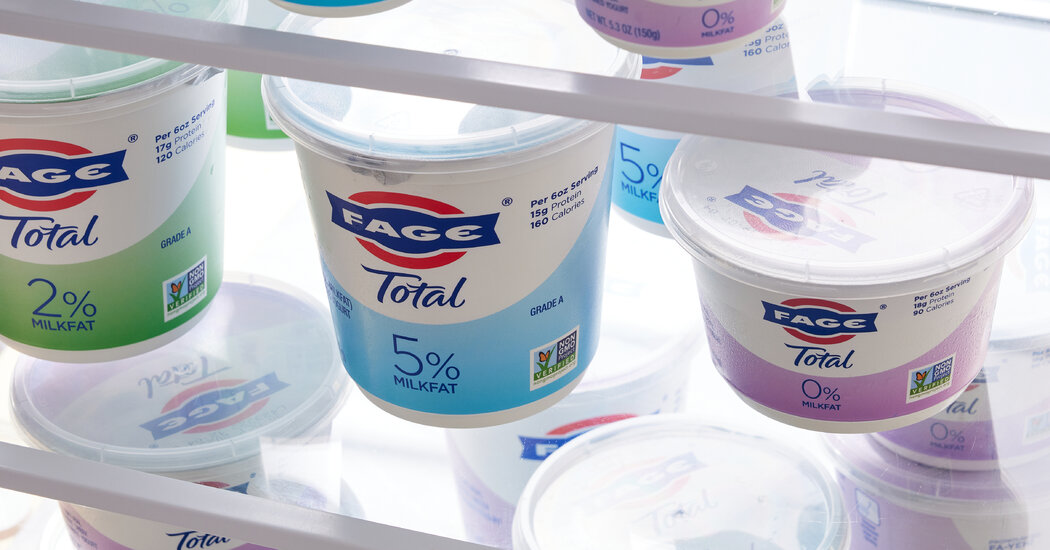The F.D.A. will now allow yogurt makers to claim it can — but the evidence is mixed.
Nonfat or full-fat, flavored or plain, probiotic or natural — yogurt is already peppered with labels. But you may soon see a new claim on your container: This month, the Food and Drug Administration announced it will allow yogurt makers to say their products may prevent Type 2 diabetes.
The F.D.A. said it has found “limited scientific evidence” that consuming yogurt may reduce the risk of Type 2 diabetes. The agency’s decision came in response to a petition submitted on behalf of Danone North America, which makes yogurts sold under brands including Activia, Dannon and Oikos.
Yogurt can be a nutrient-rich food and part of a healthy diet, and there is some evidence to suggest that people who eat it regularly have a lower risk of Type 2 diabetes, said Dr. Frank Hu, a professor of nutrition and epidemiology at the Harvard T.H. Chan School of Public Health.
But consumers may not realize that “limited evidence” means “the evidence isn’t very strong,” said Bonnie Liebman, the director of nutrition for the Center for Science in the Public Interest, which submitted a public comment opposing the petition. Here’s what the science says.
What is the evidence on yogurt and Type 2 diabetes risk?
The F.D.A. cited 28 studies in its review of the evidence on yogurt and risk of Type 2 diabetes. Overall, the evidence is somewhat limited and inconsistent, said Dr. Hu: Some studies found that people who consumed more yogurt were less likely to develop diabetes, but others did not.
Dr. Hu and his colleagues conducted several of the largest studies cited by the F.D.A. In a 2014 paper, for example, they looked at three large groups of adults in the United States, totaling nearly 200,000 people. They found that those who consumed two servings or more of yogurt per week had a 12 percent lower risk of Type 2 diabetes compared to those who rarely ate yogurt.
